Blog Posts Tagged Technical Content
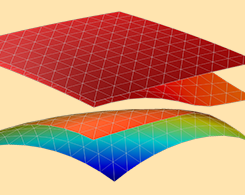
k • p Method for Strained Wurtzite GaN Band Structure
Model a wide range of semiconductor systems, such as particles with spins and strained wurtzite crystals, using multicomponent wave function functionality in the Schrödinger Equation interface.
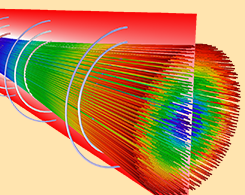
Modeling a Pierce Electron Gun in COMSOL Multiphysics®
Cathode ray tubes, electron microscopes, spectrometers, and particle accelerators: These devices and components commonly use Pierce electron guns.
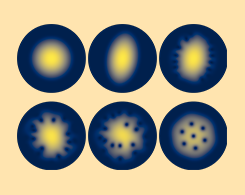
Model Vortex Lattice Formation in a Bose–Einstein Condensate
Bose–Einstein condensation can cause superfluidity, superconductivity, lasers, and trapped dilute cold atoms. When such systems are subjected to rotating perturbation, it forms a vortex lattice.
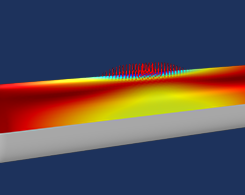
Accelerating Model Convergence with Symbolic Differentiation
Whenever you set up and solve a nonlinear problem in COMSOL Multiphysics, a symbolic differentiation engine is automatically used to ensure high robustness and accelerate model convergence.
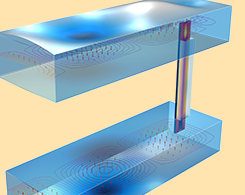
3 Examples of Modeling Transitions for Rectangular Waveguides
Waveguide to planar, coaxial to waveguide, and rectangular to elliptical: These 3 different transitions for rectangular waveguides can be modeled using COMSOL Multiphysics® and the RF Module.
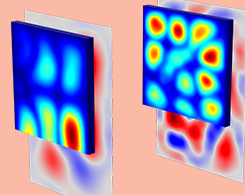
Modeling Sound Transmission Loss Through a Concrete Wall
The sound loss transmission (STL) through a building component is the logarithmic ratio between the total incident power on the structure relative to the total transmitted power.
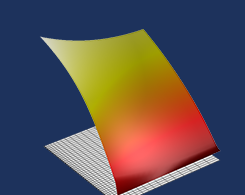
Equation-Based Modeling with a Space-Time Discretization
In COMSOL Multiphysics®, almost any expression in a computational model can be modified. For example, using a space-time discretization can make optimization problems easy and fast to implement.
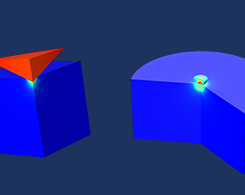
Exploring the Ambiguity of Hardness Numbers with COMSOL®
To help customers easily obtain stress-strain curves from indentation test data, this guest blogger turned to simulation applications and COMSOL Compiler™ — and created a brand new product.
